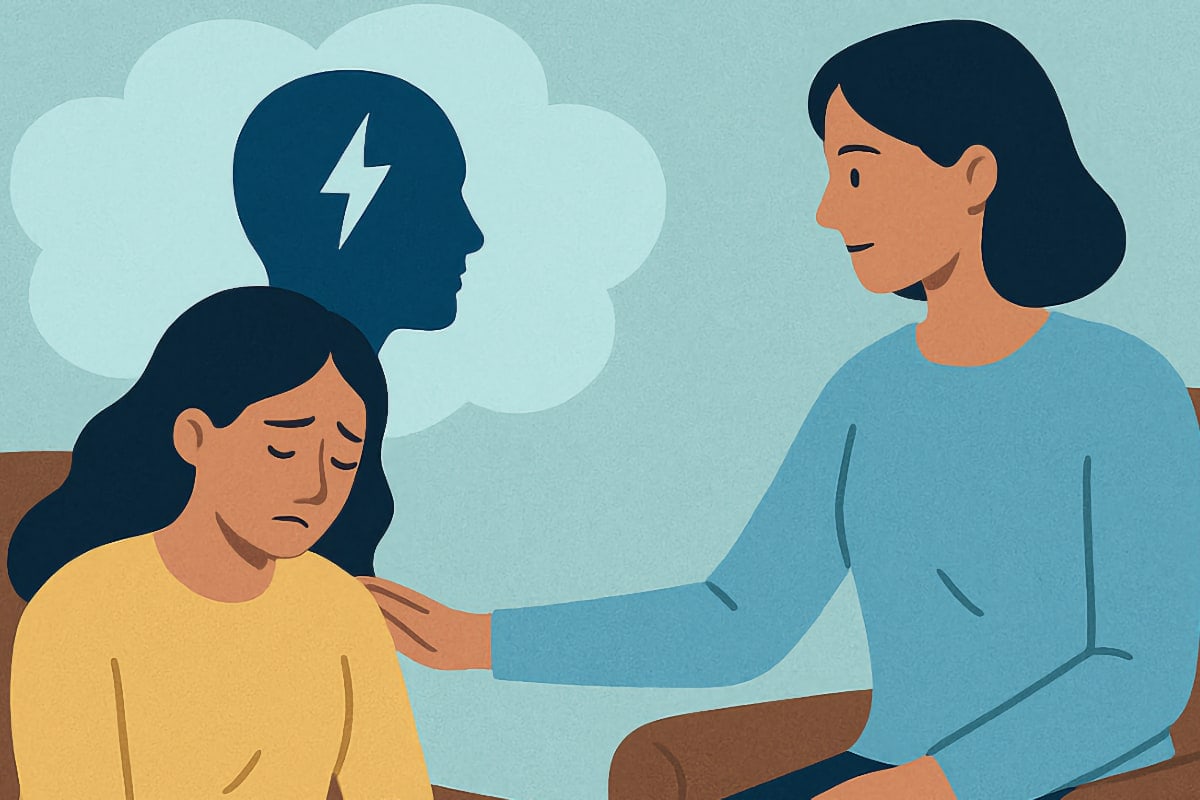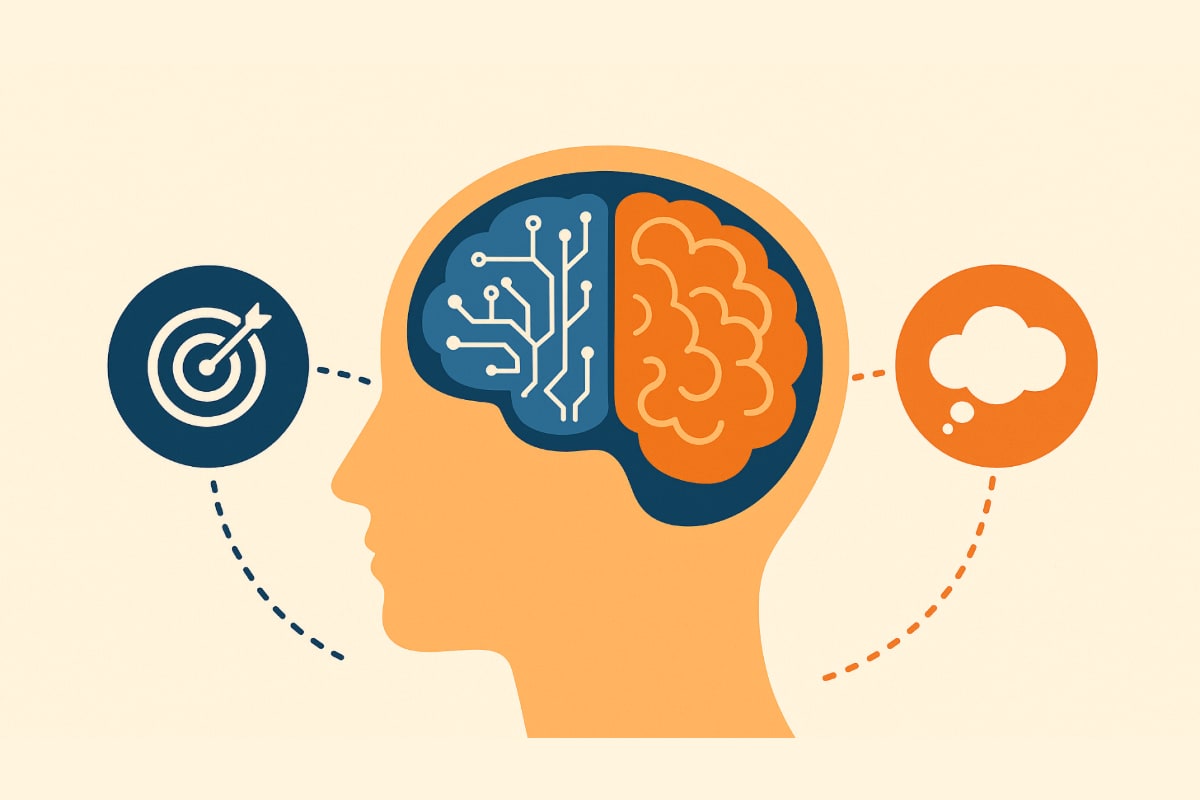Am I Neurodivergent? Understanding Autism and ADHD in Adulthood
“I always felt different. I just didn’t have the words for it.”
This is one of the most common things adults say when they begin exploring a possible autism or ADHD diagnosis. Whether you’re in your 20s or your 60s, the question “Could this be me?” can feel both liberating and unsettling.
For many, a diagnosis comes later in life. Not because the traits weren’t there, but because they were overlooked, misunderstood, or masked. People often adapt to their challenges without ever realising that there might be a neurodevelopmental explanation behind them. Instead, they were labelled as shy, sensitive, scattered, intense, or simply “too much” or “not enough”. They’ve managed, but often at great personal cost.
If you’re exploring whether autism or ADHD could explain how you experience the world, you’re not alone.
Why Many People Are Missed
Much of the traditional understanding of autism and ADHD was based on how they present in children, particularly in more visible or externalised ways. Over time, we’ve come to understand that neurodivergence can show up in far subtler forms, especially when people learn to adapt or hide their struggles.
Many adults have:
- Masked their differences to fit in socially
- Developed coping strategies to hide difficulties at work or in relationships
- Been misdiagnosed with anxiety, depression, or other mental health conditions
- Been dismissed because they seem “high functioning” or successful on the outside
The result is years or decades of misunderstanding themselves, feeling out of step with others, or constantly trying harder just to keep up.
Common Signs of Autism in Adults
Autism doesn’t always look like the stereotypes we’ve seen in the media. In adulthood, it often shows up in more internalised ways, especially for those who’ve learned to “mask” their differences. Some signs may include:
- Social fatigue after interactions or a need for lots of alone time
- A lifelong sense of being “different,” even if socially capable
- Sensory sensitivities to lights, sounds, textures, smells, or food
- A strong preference for routine, predictability, or structure
- Intense or focused interests that provide comfort and joy
- Difficulty reading social subtext or navigating group dynamics
- A tendency to mirror others in conversation or behaviour
- Feeling overwhelmed by change, multitasking, or unexpected events
- Experiences of burnout or shutdown after sustained effort
Many adults who relate to these traits say they’ve spent years compensating, often with high levels of anxiety, exhaustion, and self-doubt.
Common Signs of ADHD in Adults
ADHD is not just about being hyperactive or “disruptive”, especially in adults. In fact, many people with ADHD have gone unnoticed because they’ve internalised their struggles, worked twice as hard to meet expectations, or simply assumed their difficulties were ‘character flaws’.
Common traits of adult ADHD include:
- Procrastination and difficulty starting tasks (even important ones)
- Task paralysis or being overwhelmed by everyday demands
- Trouble with time management and staying organised
- A tendency to forget appointments, details, or lose things
- Impulsivity in decisions, speech, or spending
- Periods of hyperfocus, getting absorbed in one thing while ignoring everything else
- Emotional intensity or sensitivity to rejection and criticism
- Feeling like you’re constantly “underachieving,” despite potential
Many adults describe living in a constant state of stress, disorganisation, and inconsistency, paired with a deep sense of guilt or shame.
Masking, Burnout & Misdiagnosis
One of the reasons autism and ADHD are often missed in adults is masking- the practice of hiding or compensating for neurodivergent traits in order to fit in. While masking can be incredibly effective on the surface, it often leads to chronic exhaustion, mental health challenges, and a loss of identity.
For many, the impact of being undiagnosed includes:
- Years of misdiagnosis, often with anxiety, depression, or personality disorders
- A persistent feeling of being “too sensitive,” “too much,” or “not enough”
- Difficulty trusting their own experiences or instincts
- Burnout: the emotional and physical toll of constant effort to “pass”
- Struggles in work, relationships, or daily functioning without understanding why
Diagnosis later in life can offer a completely new lens, not to change who you are, but to help explain the experiences you’ve always had.
Why Diagnosis in Adulthood Still Matters
Many adults hesitate to seek assessment because they’ve “managed this long”, but surviving isn’t the same as thriving.
Getting a diagnosis in adulthood can:
- Reframe your past through a more compassionate lens
- Help you understand why certain things are hard, and that it’s not your fault
- Support mental health through the right strategies and accommodations
- Reduce shame and build self-acceptance
- Help you unmask and live more authentically
Diagnosis isn’t about getting a label. It’s about getting answers, and a language to describe your experiences, needs, and identity.
Final Thoughts
If you’ve spent years feeling different, struggling behind the scenes, or wondering why life seems harder than it should be, it’s not too late to understand yourself more fully.
Autism and ADHD are lifelong neurodevelopmental differences, and recognising them in adulthood can be life-changing. Whether you’re seeking clarity, self-acceptance, or support, know this:
You are not broken. You are not failing. You may just be wired differently, and that’s something worth understanding.



